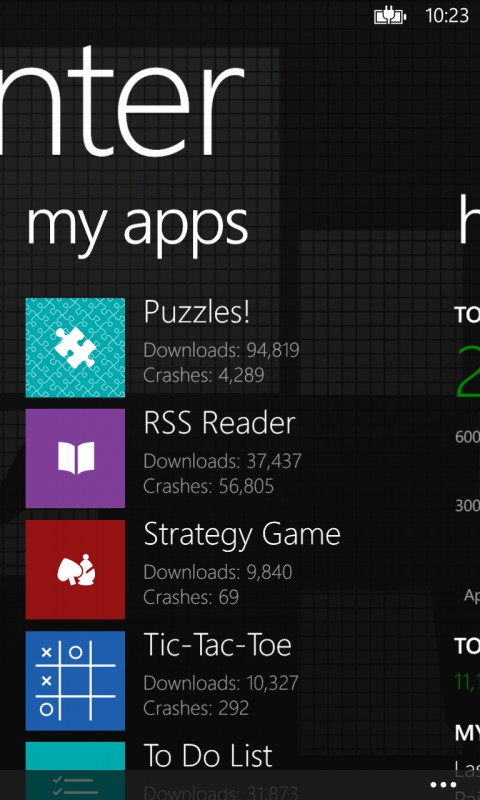Microsoft Advertising
In-app advertising has become an increasingly important revenue source for developers, especially with the downward pressure on app pricing that has been a feature of the maturing smartphone market. However, in-app advertising revenue depends a great deal on fill rate (i.e. matching an ad to an empty ad space).
In recent months some developers relying on Microsoft Advertising have noted declining fill rates, indicative of insufficient advertising inventory to fill the available ad spaces. That has inevitably resulted in a decreased revenues.
Microsoft has now taken action to reverse that trend:
Microsoft Advertising has recently partnered with several third-party networks to bring additional ads to the Windows Phone platform to help fill the rapidly growing volume of ad requests and deliver additional revenue to the developer community. We expect to see a small increase in fill rate in October, with increasing growth expected over the coming months as more networks are integrated.
Another initiative to increase revenue is the introduction of a unique device ID attribute that will allows third party networks to target relevant ads. Microsoft stresses that the unique ID is not linked to any personally identifiable information, but does still give customers the choice to opt out of the system.
Operator billing payouts
Microsoft also announced that it will now pay out app sales proceeds from operator billing 30 days after the transaction has taken place (in common with credit card and other billing methods). Previously, developers had to wait an average of 120 days, as this was the time it took for operator partners to pay Microsoft for any transactions related to the Windows Phone Store.
As Brix notes:
This is an important change as we continue to add carrier billing connections. On average, developers are earning 3 times more revenue per active user in markets where carrier billing is offered. This increases to 6 times more revenue on average in emerging markets where credit card usage is more limited. Windows Phone now offers 38 connections in 26 markets, with new connections coming online at a rapid pace.
Improved Dev Center reporting and app update
Microsoft has also improved the financial reporting in Dev Center, allowing developers to see proceeds that they have earned, but not yet been paid. The reporting will also show the status of a developer's last payment.

An updated version of the Dev Center app is also available, adding ability to view app submission status, filter reviews, and more.


Microsoft has also noted that some developer have had an issue with stale (non updating) download report data over the last month. This is a known issue, which is in the process of being addressed:
Over the past week you may have experienced download report data being stale for multiple days. We know how much you care about timely reporting, and we’re investing in additional monitoring, proactive notifications, and increasing the reliability of our systems to reduce the frequency of such disruptions in the future.
More information on these changes is available in this Windows Phone Developer blog post.
